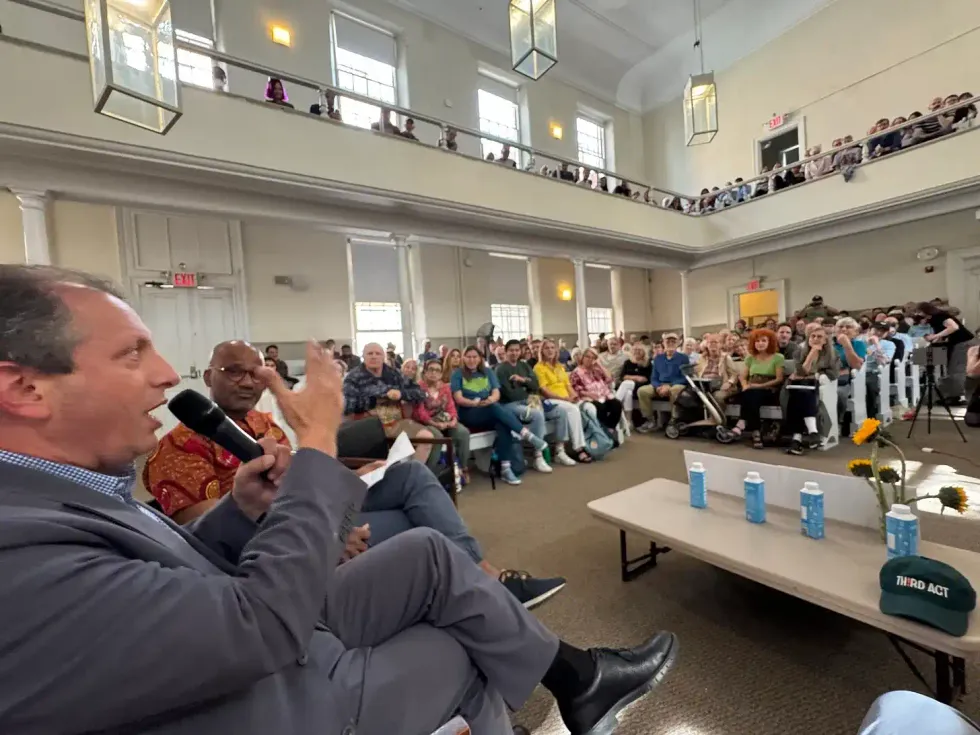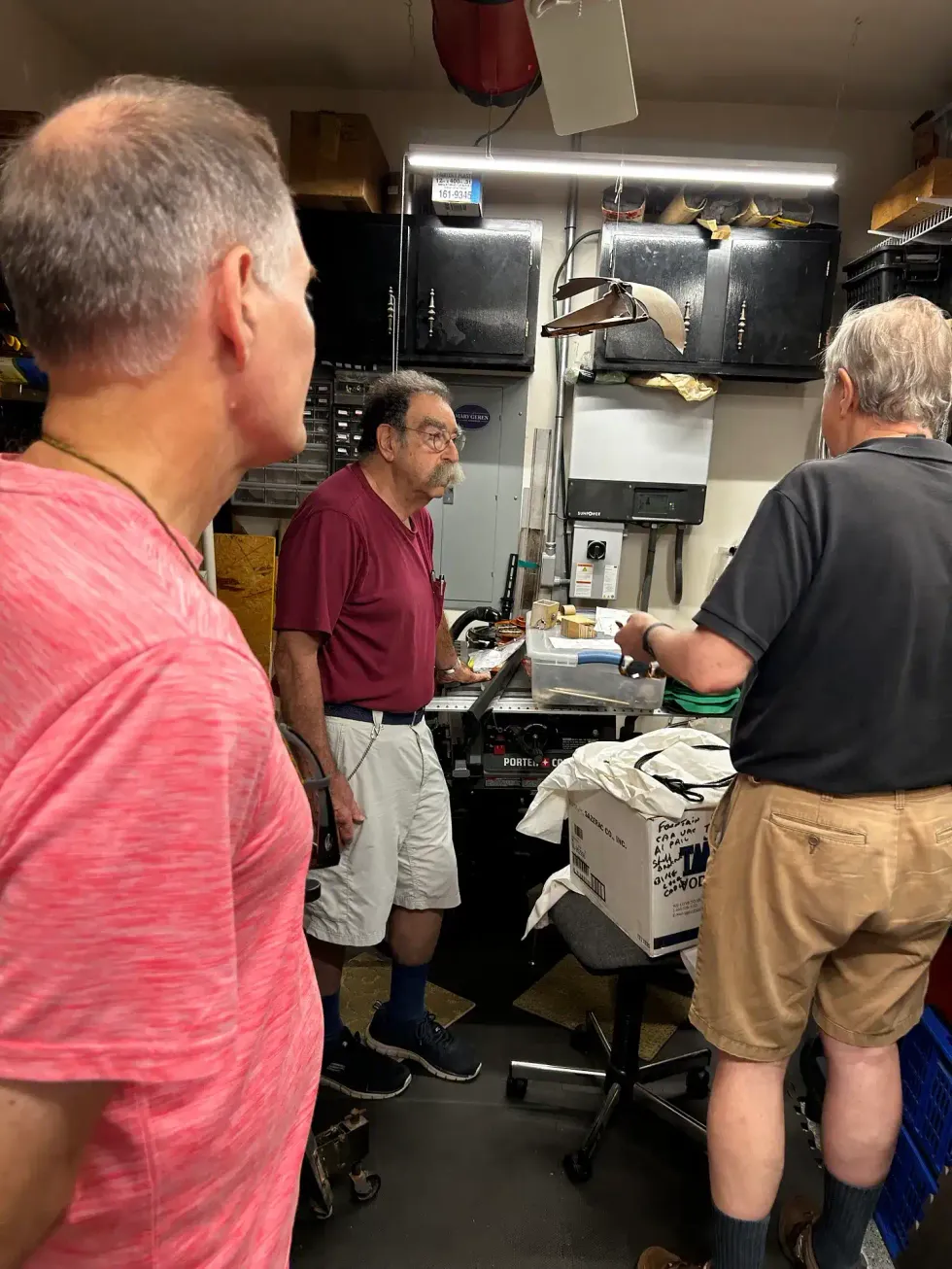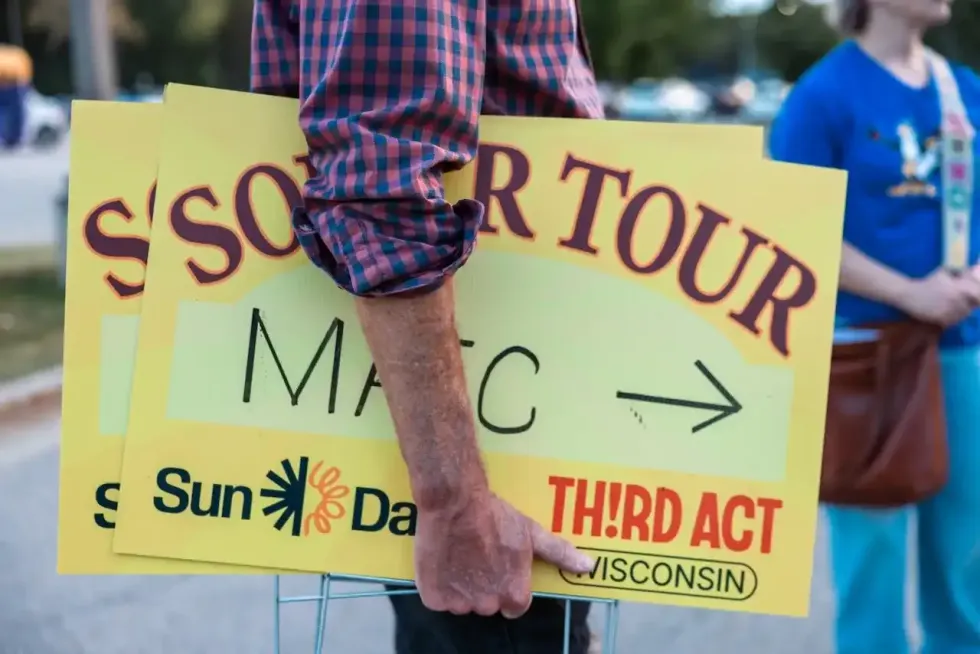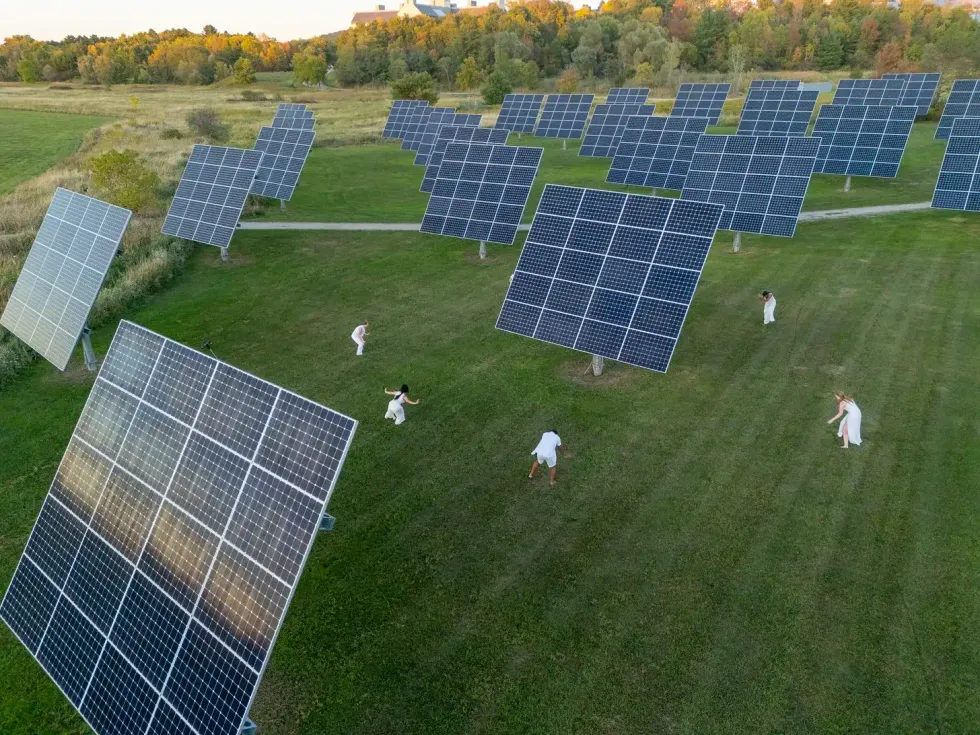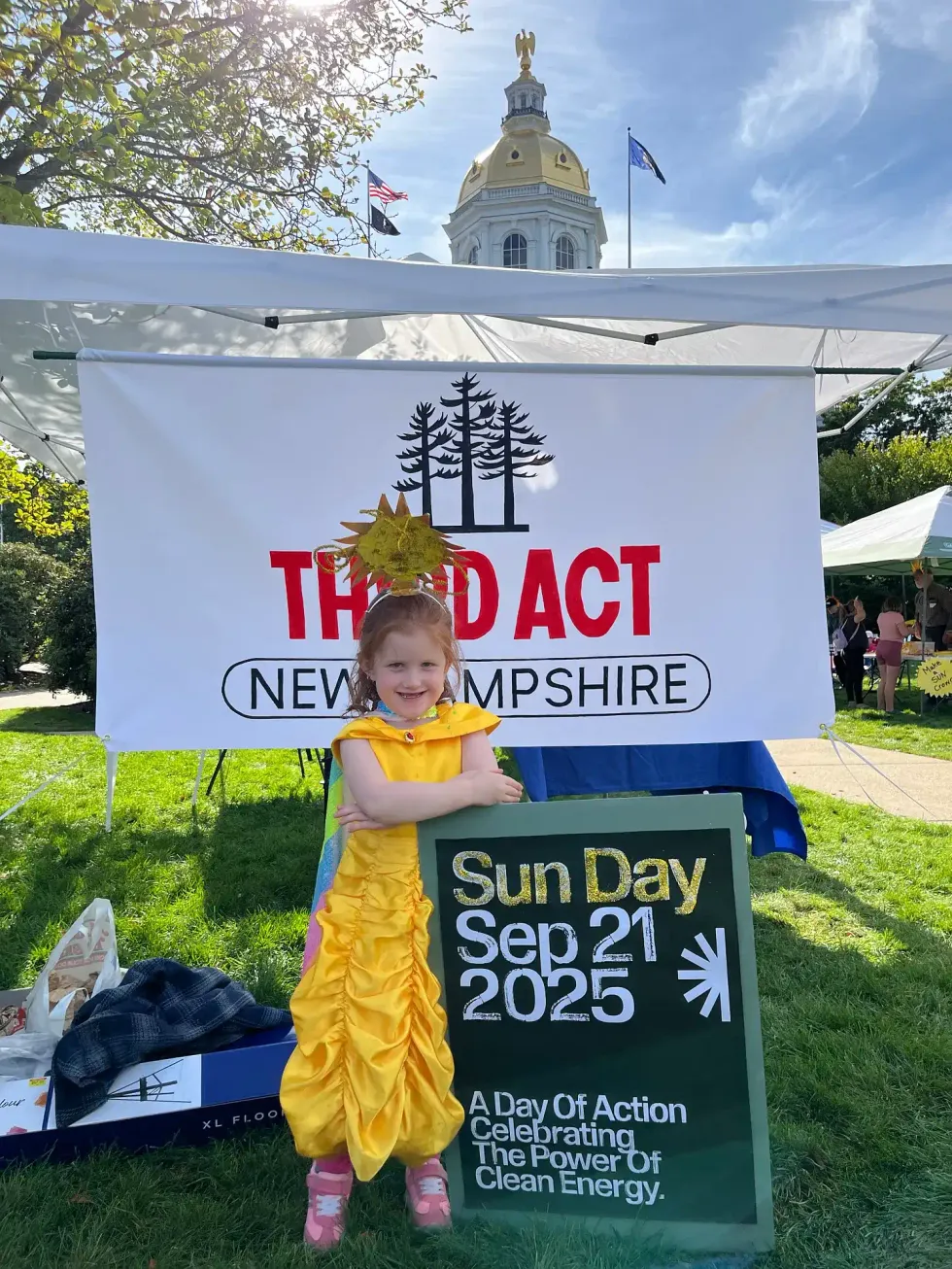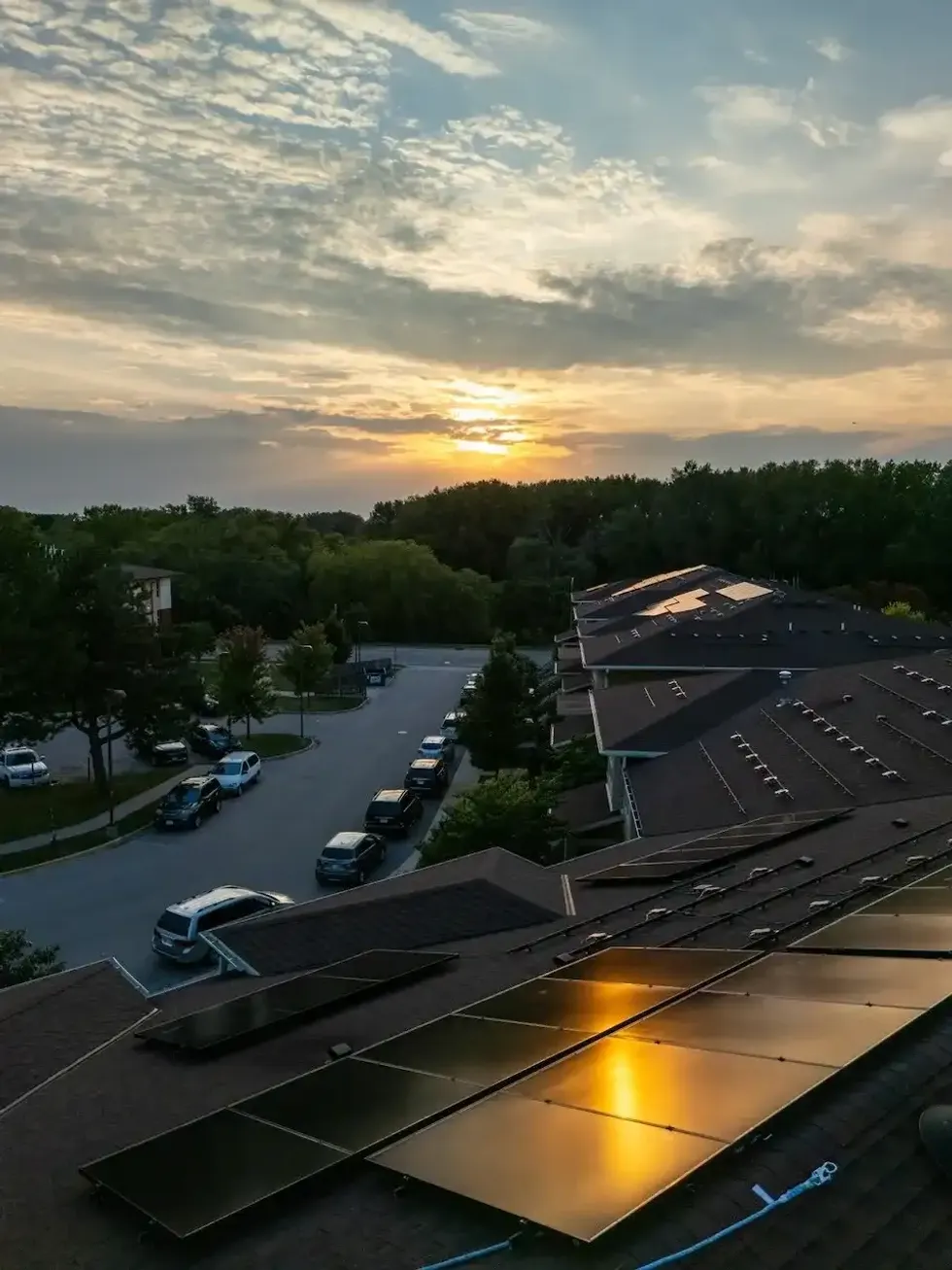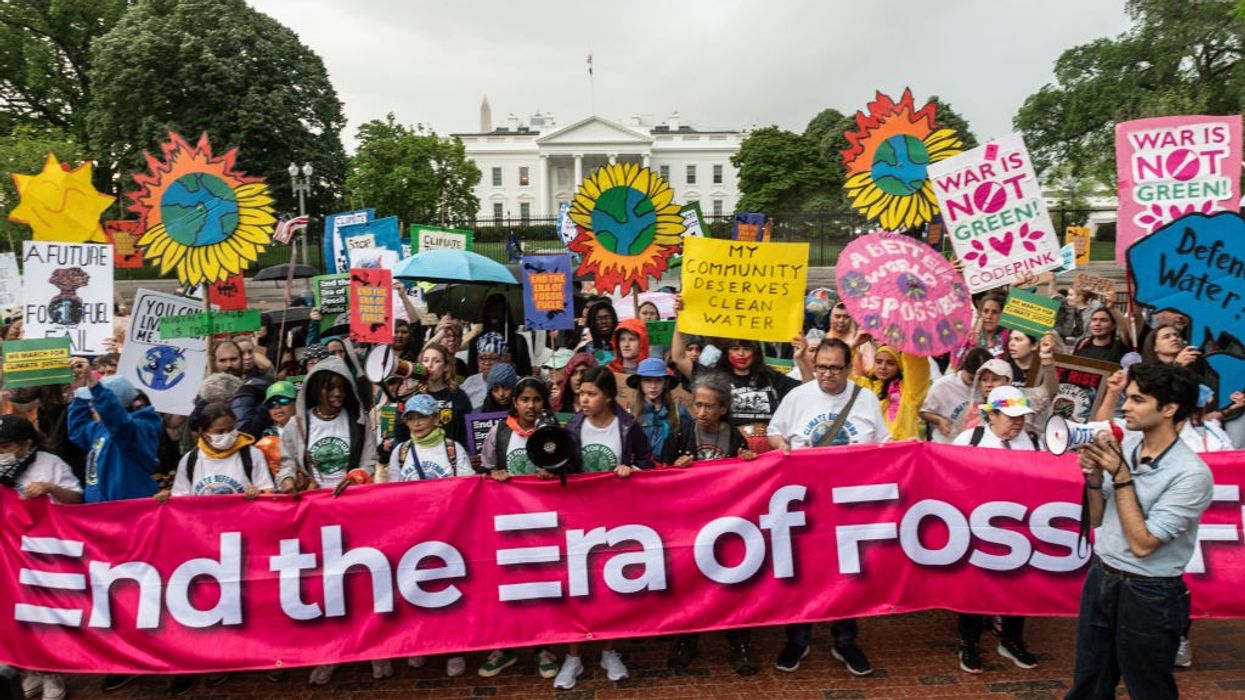Sun Day Visions of a Brighter Future
From one corner of the continent to the other, Americans figured out dozens of ways to make their hopes for the future felt, even in this darkest of political periods.
Your correspondent is…bushed, so excuse typos, lapses of thought, and imprecise prose. But I wanted to tell all of you about how Sun Day played out across the country on Sunday before I fell into bed. In a word, spectacular.
You know, from reading these missives, that this day has been in the works a long time; we needed, in the face of massive and bizarre attacks from the White House and Congress on sun and wind power, to stand up for the idea of cheap, clean energy. At nearly 500 events across the country, that’s what happened. From one corner of the continent to the other (still waiting for pictures to come in from Alaska and Hawaii) Americans figured out dozens of ways to make their hopes for the future felt, even in this darkest of political periods. A remarkable account in the New York Times quoted one organizer, summing it up beautifully:
“I really wanted it to be celebratory and uplifting,” said Laura Iwanaga, who led the organization for Portland’s Sun Day event for the local chapter of Third Act, a nationwide climate advocacy organization founded by Mr. McKibben. “We all know what we’re fighting against, but we don’t always think about what we’re fighting for.”
For me, the very first picture of the day came from my grandson, out to greet the rising sun.
Soon they were pouring in from events across the country. Many featured big crowds and important people: I was in New York, where people crammed into a downtown church to hear the city’s comptroller Brad Lander talk about deploying the city’s $300 billion pension fund to back clean energy...
...and then spilled out into a nearby park for speeches from a US senator (Peter Welch), the state’s remarkable lieutenant governor (Antonio Delgado), a state assemblywoman (Emily Gallagher), and the ever-present and ever-powerful Rev. Lennox Yearwood. Oh, and a unforgettable rendition of "Here Comes the Sun" from Sun Day musical ambassador Antonique Smith.
Those were powerful memories that will last my life. But I was also taken by the pictures that showed quieter moments—for instance, people huddled in basements so that they could see their neighbor’s heat pumps or solar inverters, demystifying the whole process of converting to clean power. This is from South Carolina—and it’s how we’re going to turn people into solar consumers across the country.
And here are Wisconsites setting out on a solar tour of the state’s capital.
Some of the images were spectacularly beautiful. Christal Brown choreographed a dance among the solar panels on the campus of Middlebury College.
And some were literally sweet—here’s someone making s’mores in a solar oven in San Leandro, California.
Everywhere the beauty of the logo (thanks Brian Collins, Beth Johnson, Eron Lutterman) was on display. (Oh, and read the account of its design from Fast Company).
So many people and organizations helped make the day happen: Fossil Free Media, of course, with Jamie Henn and Deirdre Shelly leading an amazing crew; Solar United Neighbors, the Sierra Club, Mothers Out Front, Climate Revival, Green Faith, Dayenu, a hundred more. My colleagues at Third Act were absolutely crucial: here’s Deborah Moore and Anna Goldstein, who worked around the clock.
But everywhere there were kids out enjoying the spectacle. Our great hope is that they’ll grow up in a world where it seems utterly obvious to power the planet with clean energy from the sun, instead of filling the air (and their lungs) with the smoke from humanity’s fires.
For a day it was possible to believe in all of that—and the human energy that belief unleashes allows us to make it happen. Even as the afternoon went on, I was hearing of plans to introduce balcony solar laws in half a dozen states (and of plans to take this day global in the years ahead). In some sense the work has just begun.
I’ll have many more images and reports in the days ahead—we’ve barely begun to sift through all that’s been pouring in these last hours. But time for a well-earned rest (and I have an early morning trip to Chicago—the beat goes on!). As the sun goes down (and the batteries that have been soaking up sunshine all afternoon kick in) I just want to say: Thank you all so very very much


